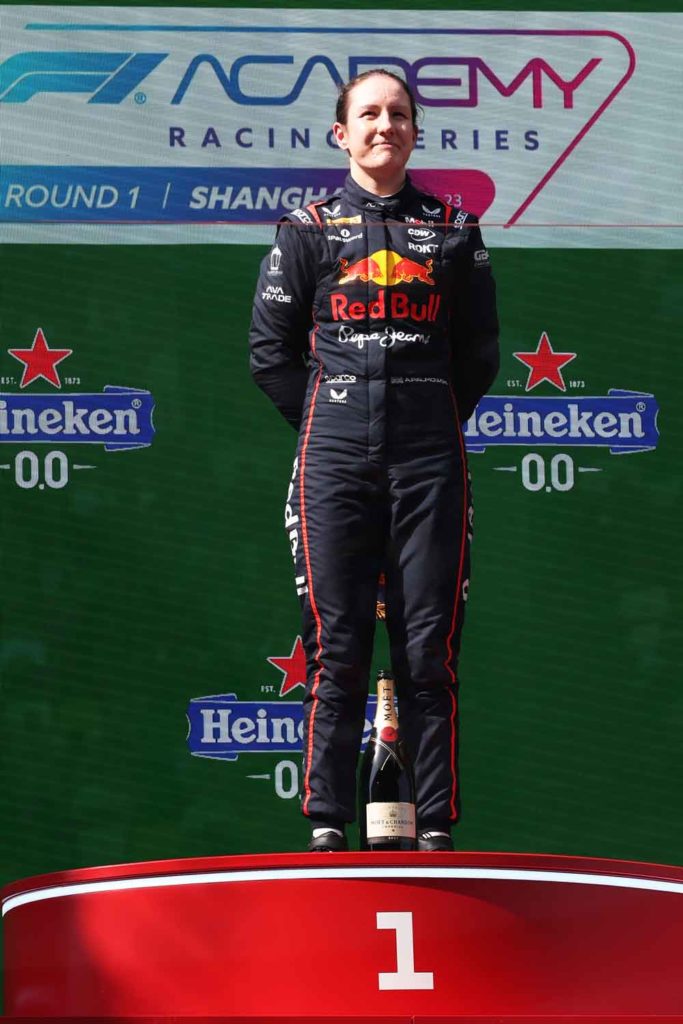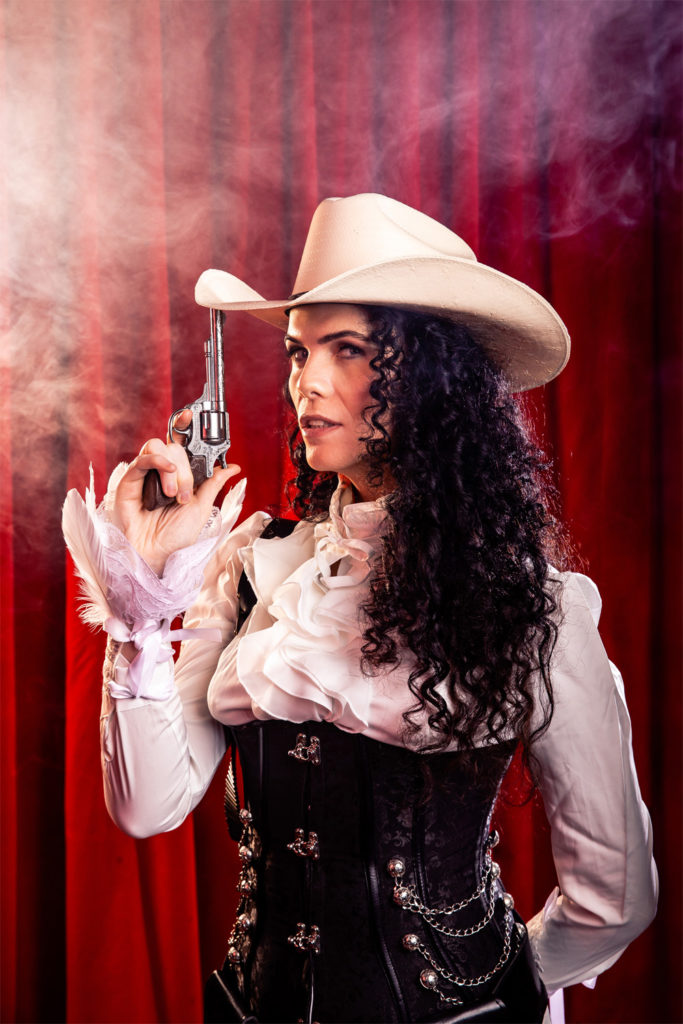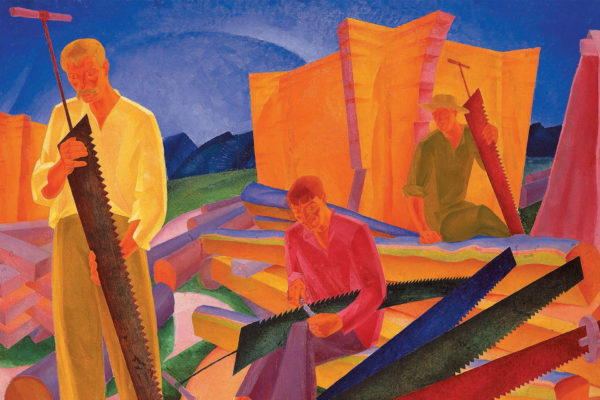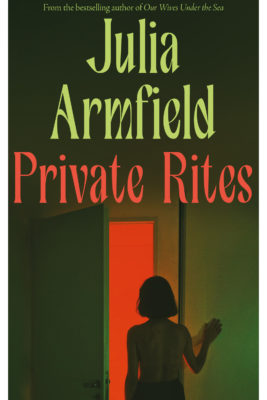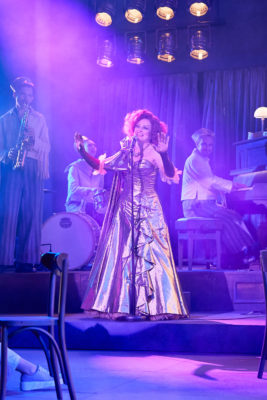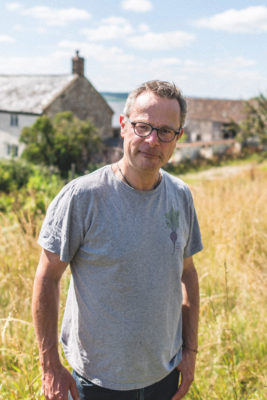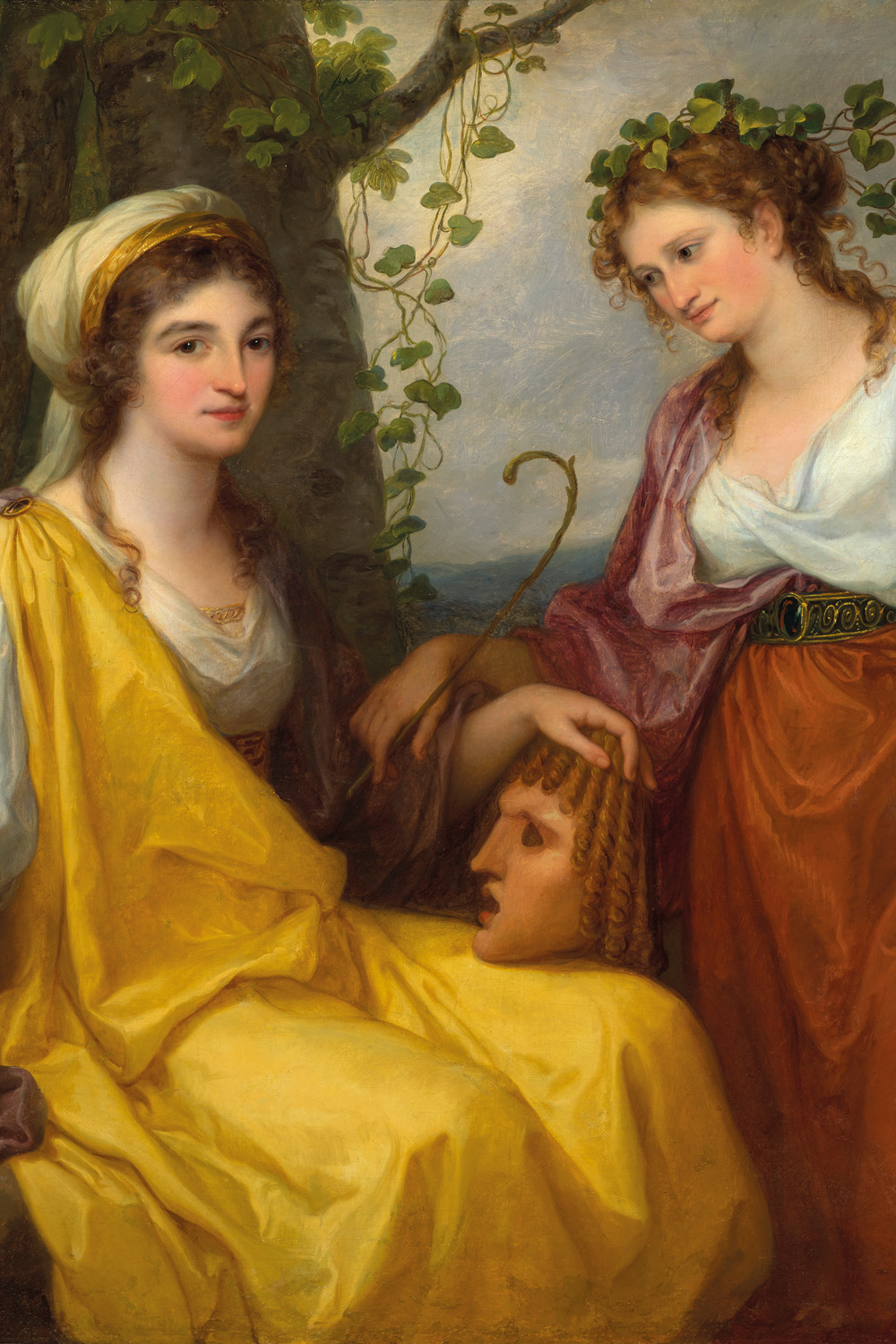
The Exhibitionist: Women Artists At The RA & Tate Britain
By
1 year ago
Ed Vaizey celebrates the women artists who have shaped British cultural history
Elizabeth Kauffman, one of the founding patrons of the Royal Academy, has an exhibition there until the end of June. And, versatile artist that she is, she is also appearing simultaneously at Tate Britain in an exhibition called Now You See Us: Women Artists in Britain 1520-1920. Ed Vaizey celebrates Kauffman and more women artists who have shaped our history.
The Exhibitionist: Elizabeth Kauffman & The Women Who Shaped British Cultural History
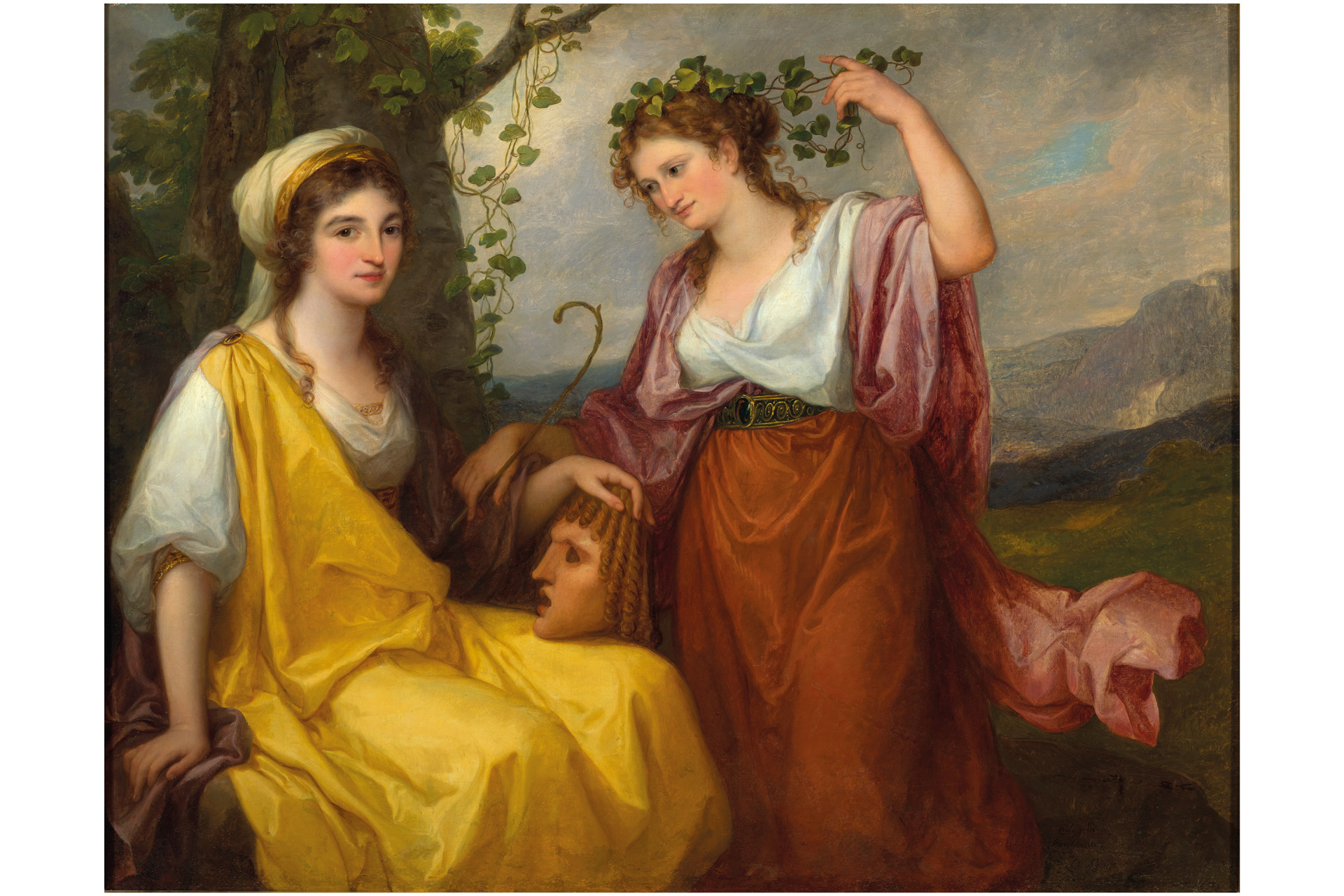
Angelica Kauffman, Portraits of Domenica Morghen and Maddalena Volpato as Muses of Tragedy and Comedy
Quite rightly, women artists continue to be at the forefront of many exhibitions, redressing an imbalance that has existed in our national institutions for many years. As well as the National Portrait Gallery doing an amazing job in displaying many more women artists and sitters, the Royal Academy currently has an outstanding show about Angelica Kauffman.
Kauffman, working in Rome and London in the second half of the 18th century, became one of the founding patrons of the Royal Academy and a close friend of Joshua Reynolds. Her exhibition at the RA runs until the end of June, but versatile artist that she is, she is also now appearing simultaneously at Tate Britain in an exhibition called Now You See Us: Women Artists in Britain 1520-1920 – I think you get the point of what the curators are seeking to achieve.
Spanning 400 years, this exhibition focuses on how these women became artists – because of course, there was no formal training available for the majority of this time. Interestingly, at least from the 18th century onwards, the test of female equality seems almost to have been whether these artists ended up having a relationship with the Royal Academy. There are over 150 works, and many by artists that were well-known in their day, but some of whom are less resonant today.
Mary Beale, who painted in the 17th century, received no formal training in becoming an artist – it was inconceivable that a woman should be so trained at that time. It is likely she learned from her father’s friends, who included the painter Sir Peter Lely. She ended up becoming a professional artist and being the main breadwinner for her family, with her devoted husband recording her work and practice in meticulous detail in more than 30 journals. Despite her lack of training she ended up painting the nobility.
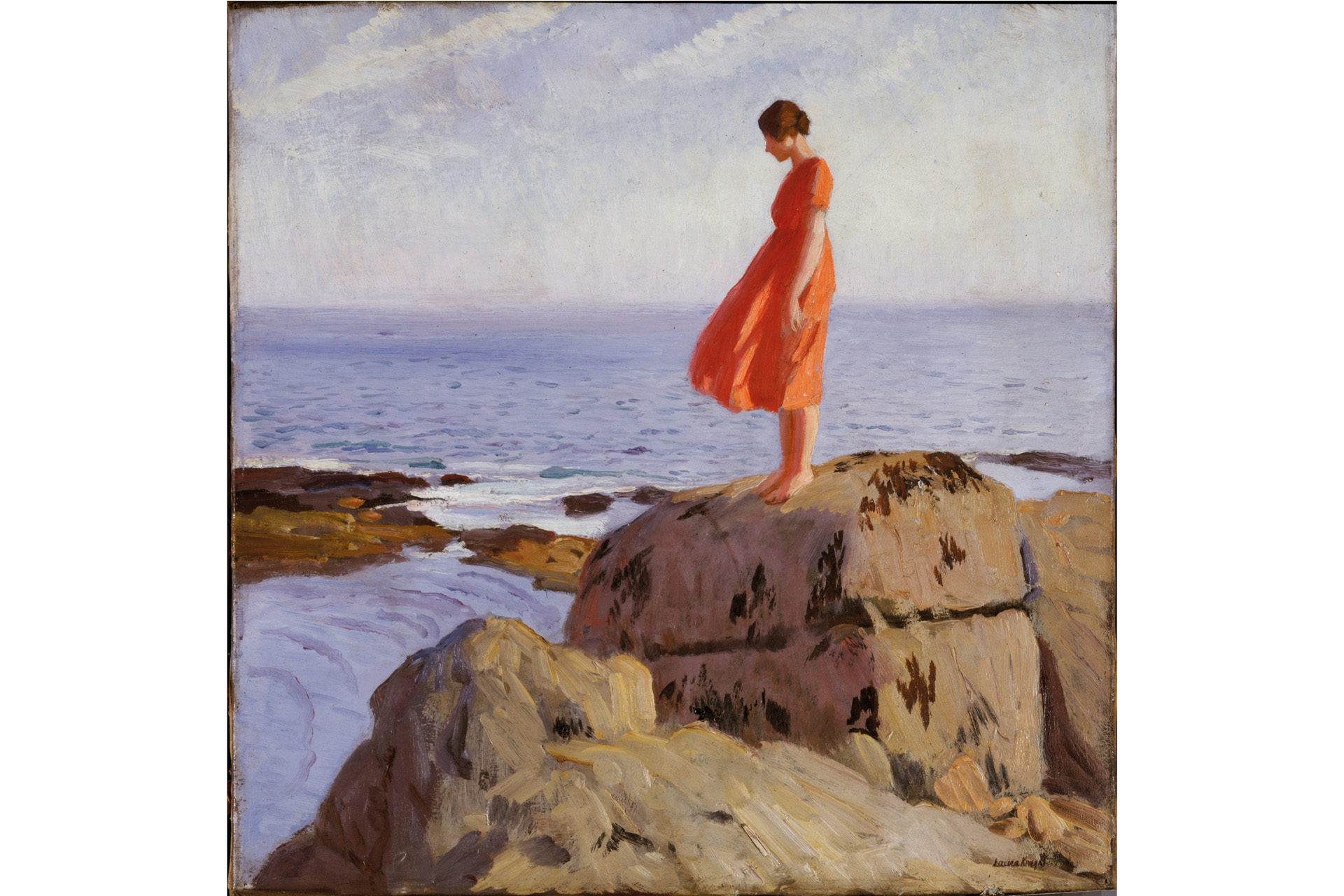
Laura Knight, A Dark Pool (1917) © Estate of Dame Laura Knight.
Elizabeth Butler, by contrast, who painted in the 19th century, was able to receive instruction at a female artists’ school in South Kensington. Her paintings, depicting war scenes both heroic and melancholy, proved hugely popular – one had to be guarded by a police man at the Royal Academy summer exhibition. Many of them when you see them will be familiar to you. But, even so, Elizabeth failed to get elected to the Royal Academy, which at that point had not had a female member since Kauffman’s day.
Also on display are works by Laura Knight, who painted in the first half of the 20th century and was elected to the Royal Academy – only the third woman to be so, and the first woman to have an exhibition at the Academy.
These are just three artists among many but together illustrate the slow but steady progress women were able to make in a world dominated by male artists. Their stories shed light on the attitudes of their times, but also offer new perspectives and remind us that every age had its nuances.
EXPLORE
Angelica Kauffman, until 30 June at the Royal Academy (Burlington House, Piccadilly, London W1J 0BD). royalacademy.org.uk
Now You See Us: Women Artists in Britain 1520-1920, 16 May–13 October at Tate Britain (Millbank, London SW1P 4RG). tate.org.uk

